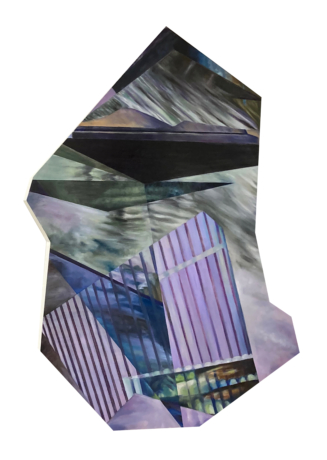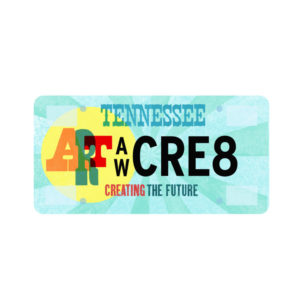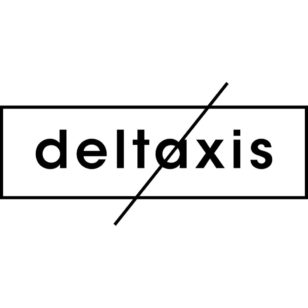
Exhibitions
SISAVANH PHOUTHAVONG: CTRL + ALT + DEL
Tinney Contemporary / 237 Rep John Lewis Way N. April 6, 2024 - May 18, 2024
Sisavanh Phouthavong
Tinney Contemporary is proud to present ctrl + alt + del, an exhibition featuring works by Sisavanh Phouthavong. The exhibition will be on display April 6, 2024 through May 18, 2024. The opening reception will be held on Saturday, April 6th from 2-8 PM in conjunction with the First Saturday Art Crawl.
Sisavanh Phouthavong Houghton is a Lao-American, mixed media visual artist born in Vientiane, Laos. She creates vibrant paintings, collages, and sculptures, utilizing abstraction as a means of exploring refugee identity, colonial violence, and the generational impact of displacement. Having fled Laos with her family amidst the fallout from the Vietnam war, Phouthavong engages both personal and collective memories of armed conflict with particular attention to the “Secret War” on Laos, during which the US government dropped over 2.5 million tons of ordnance on the artist’s homeland—the largest bombing campaign in recorded history.
ctrl + alt + del takes up the contemporary conditions of war with regard to media representation. While propaganda has been integral to any conflict, this battleground has expanded infinitely since the advent of digital media. Misinformation campaigns, state-sponsored propaganda, the corporate news industry are entangled with social media platforms, in which users are enlisted as soldiers in what PW Singer terms “LikeWars.” Facts seem to be as arbitrary as borders. The rigid distinctions and hierarchies demanded by war are reified by violence, but the on-the-ground experience of war is inherently at odds with this stratification.
The works in the exhibition render glitched and abstracted translations of images taken during conflicts in Laos and Vietnam, as well as from ongoing conflicts in Syria and Ukraine. These “map-based” works take the aerial viewpoint of state surveillance and drone strikes; of ever-shifting, contested national borders. However, by virtue of Phouthavong’s geometric distortions and glitch-like aberrations, the map is thwarted by the war-torn territory. Abstraction seems to emerge not only as a palliative, but as an apt form for speaking to the effects of war on the individual. In the artist’s words, the work “invites viewers to confront war's often uncomfortable realities while striving to unravel the intricate tapestry of human experience, particularly within conflict and its aftermath. These paintings serve as a visual exploration of memory, resilience, and the passage of time.”

